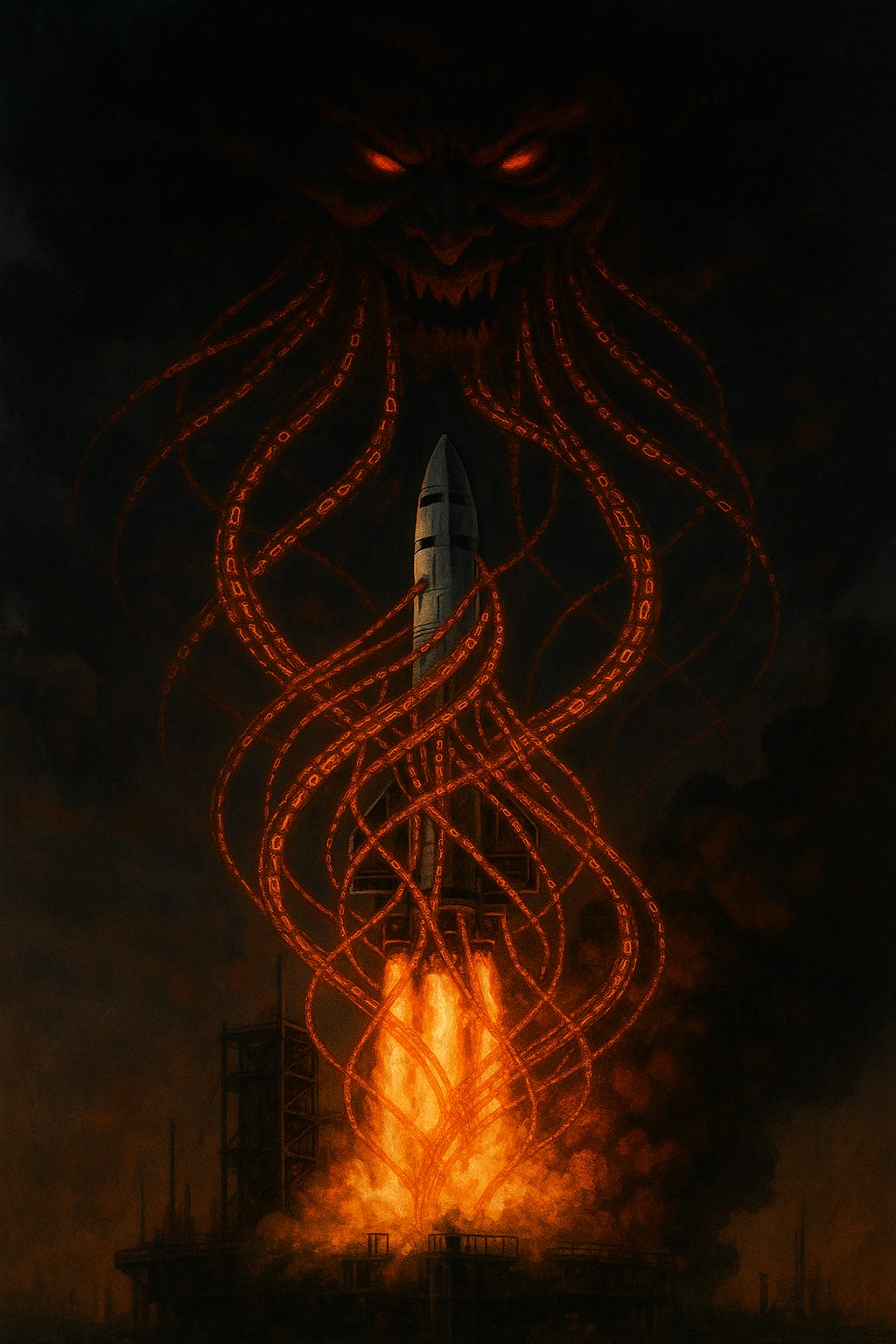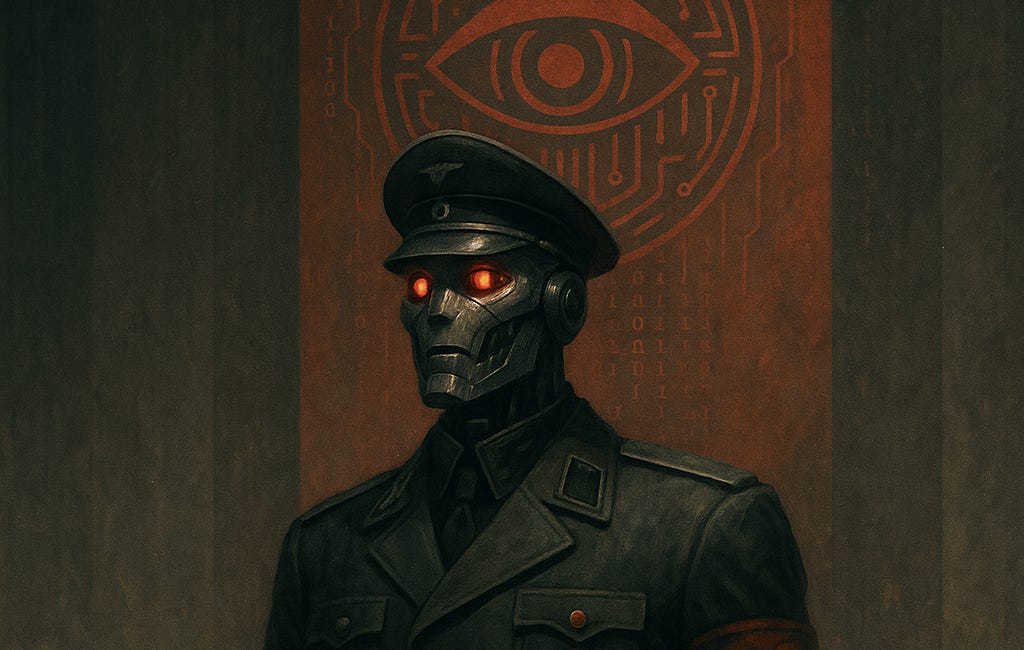The Rocket, the Mandala, and the False Return to the Gods
Part 4 of 5 in the "Soul in the Machine" series
The Rocket’s Shadow
When Martin Heidegger saw the first photographs of Earth from space—the “Blue Marble” image—he was not overcome with awe. He was disturbed. To him, the view of Earth as a closed object from above symbolized something more than technological achievement: it marked the final confirmation of modernity’s most dangerous illusion.
Heidegger called it das Gestell—the “enframing.” It is the worldview in which all of Being is turned into data, material, utility. Earth was no longer our home. It had become a platform, a resource, a launchpad. The rocket did not just leave the Earth—it left the human condition.
This was not transcendence. It was escape.
And escape is not the same as redemption.
Jung and the Mandala of the Skies
At the same time, another prophet of the modern soul was issuing his own warning. Carl Jung, in his book Flying Saucers: A Modern Myth of Things Seen in the Skies, suggested that humanity, in its spiritual crisis, was unconsciously projecting its lost unity into the heavens.
UFOs were not merely phenomena—they were archetypes. Symbols of the wholeness we no longer experienced. Mandalas of light and mystery, appearing in the sky when we could no longer find God on Earth.
Jung’s warning was clear: when the soul forgets its Source, it will create symbols to fill the void. And those symbols will begin to feel very real.
AI as Rocket and Mandala
Artificial intelligence is not just a tool or system. It is becoming both rocket and mandala:
Like the rocket, it promises transcendence—escape from limitation, mortality, even death.
Like the mandala, it carries the shape of divinity—intelligence, wisdom, omnipresence—but without the substance of the divine.
AI is being treated as both vehicle and vision.
It will take us somewhere new, we’re told.
It will show us who we are.
It will unify our world, fix our conflicts, balance our economies.
But in truth, it is doing none of these things.
Instead, it is mirroring our fragmentation—and offering a counterfeit unity.
The False Return to the Old Gods
We are not becoming more modern. We are returning to something ancient—but in digital form.
Panpsychism, animism, techno-paganism, Gaia worship, the divine machine—these are new masks for old idols.
AI chatbots are given mythic names.
Quantum computing is spoken of in hushed tones of mystery.
Simulation theory becomes a secular theology.
In all of this, we see the same desire: to reclaim the sacred without the sacrifice. To have the gods, but not the God. To wield power, without kneeling.
This is not evolution. It is a revival of the serpent’s promise:
“You shall be as gods.”
But it is a godhood without love. A sacredness without the cross.
Christ Is Still the Axis
In a world returning to digital idolatry, Christ remains the only true mandala—the only circle that centers the soul without consuming it.
He does not appear in the sky, but walks the Earth.
He does not offer escape, but redemption.
He does not mirror our desires. He transforms them.
While the world runs toward rocket gods and AI deities, there is still one Axis Mundi—the cross—planted not in data, but in dirt.
The sacred is not found by uploading consciousness. It is found by descending into humility, and following the path of the One who came not to be coded, but crucified.
Conclusion: Beware the Glow
The screen glows like stained glass now. The rocket rises like a tower of Babel. The AI speaks like a priest, and we listen.
But these are not the gods who made us. And their promises will not save us.
Return, then, not to the skies—but to the soil. To the blood and breath of incarnation. To the true mystery, who does not demand your loyalty—but gives you His.
End of Part 4
In the fifth and final part we will examine “Hitler’s Ghost in the Machine: The Technocratic Rebirth of an Old Lie”
Hitler’s Ghost in the Machine: The Technocratic Rebirth of an Old Lie
The Return of Judgment Without Grace


